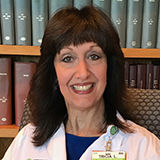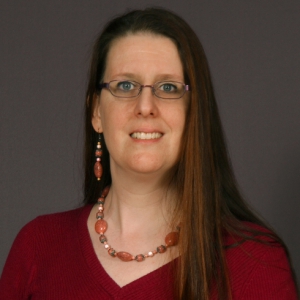Background:
Delivery of a personalized TS/SCP for cancer survivors is a widely endorsed standard of care. Few cancer programs are able to deliver the TS/SCP to more than a small fraction of the cancer survivors they serve. A significant barrier to delivery of the TS/SCP is the time to individually create the TS/SCP, which is 30 to 60 minutes. The GHS Cancer Institute Center for Integrative Oncology and Survivorship developed a process, the Electronic Treatment Summary Process (ETSP), to electronically generate the TS/SCP using the tumor registry.
Objective: The goals of using the tumor registry to generate the TS/SCP are to reduce the TS/SCP preparation time and to demonstrate the ability of the GHS cancer program to deliver TS/SCPs to a greater proportion of the cancer survivors it serves.
Methods: Existing models for preparation of a TS/SCP are as follows: 1) the survivorship nurse navigator prepares a TS/SCP by manually entering demographic, diagnostic, stage, treatment, and physician data by chart review; 2) the survivorship nurse navigator prepares a TS/SCP using a self-populating template in the EMR for demographic, diagnostic, stage, treatment, and physician data; and 3) the survivorship nurse navigator prepares a TS/SCP using the tumor registry data to partially populate the fields for demographic, diagnostic, stage, treatment, and physician data. The survivorship nurse navigator then completes and finalizes the document in preparation for delivery to the cancer survivor.
The ETSP begins with generating a report of newly diagnosed stage 0, I, II, and III cancer cases, using the tumor registry software, Metriq. That report is converted to an Excel file of new cancer cases. The survivorship nurse navigator reviews the Excel file and corrects or completes data for each case as needed. The Excel file is used to populate, by mail merge, the fields of the TS/SCPs, including name, date of birth, date of diagnosis, cancer site, cancer stage, and tumor features such as estrogen receptor status; the dates and type of surgery, radiation therapy, chemotherapy, and endocrine therapy; and the names of the physicians on the care team. The TS/SCP for each case is entered into the appropriate EMR, and the action is documented with a specific note in the EMR. An order is generated to contact the patient and schedule a visit with the survivorship practitioner in the dedicated survivorship clinic, which includes discussion and presentation of their TS/SCP, distress screening, education of disease and treatment-related long-term effects, and age-appropriate healthcare maintenance.
Benefits exist in providing survivorship services and resources at the beginning of the cancer trajectory as opposed to the completion of therapy. Intervention for healthy living through education of proper nutrition and exercise are examples of survivorship interventions. Cancer survivors who have not completed their planned surgery, radiation therapy, or chemotherapy may come in for their TS/SCP visit to receive a preliminary TS/SCP that is presented and explained by the nurse practitioner or a physician and are given the option to receive the final TS/SCP at an additional visit or by mail.
Results: The time (minutes) to prepare a TS/SCP decreased from 20 minutes in January 2015 to 6 minutes in January 2016. Chart audits to measure compliance revealed the percentage of charts with TS/SCPs increased by 20% from 13.3% in January 2015 to 33.3% in January 2016.
Conclusion: Tumor registry software can be used to efficiently generate TS/SCPs. The time in minutes to prepare a TS/SCP and the percentage of audited charts with a TS/SCP improved in the first year. The ETSP has increased efficiency and accuracy with the generation of the TS/SCPs, providing a more productive and expeditious workflow in the survivorship clinic.
Including too much detail and specificity in the TS/SCP were lessons learned that caused increased distraction and less focus of important topics needing to be addressed during the visit, such as coordination of care, lifestyle changes, diet, and exercise.






